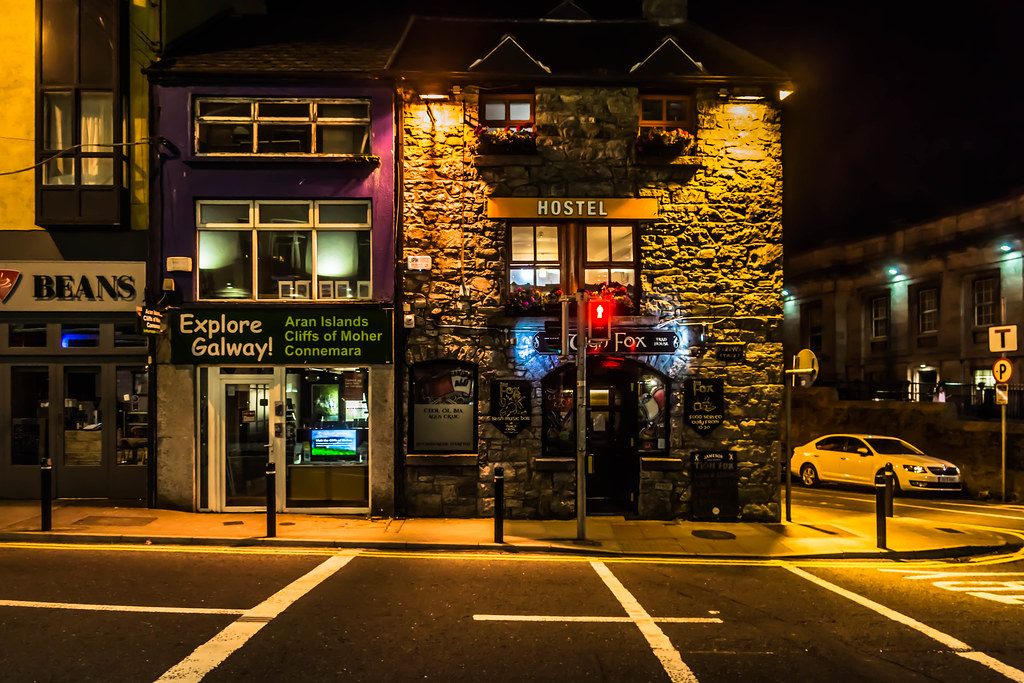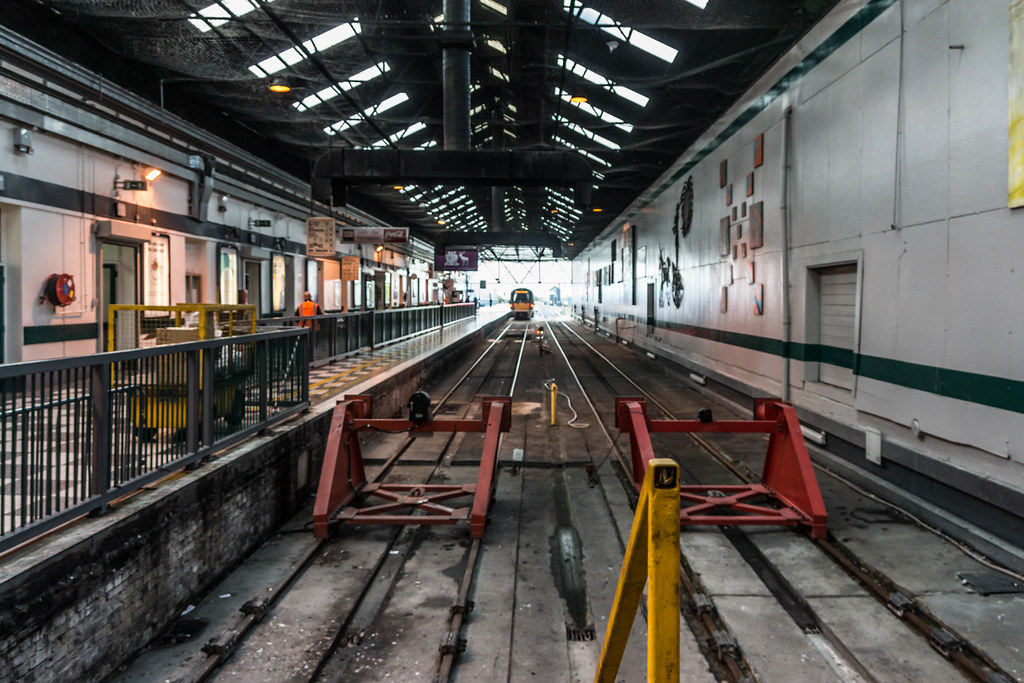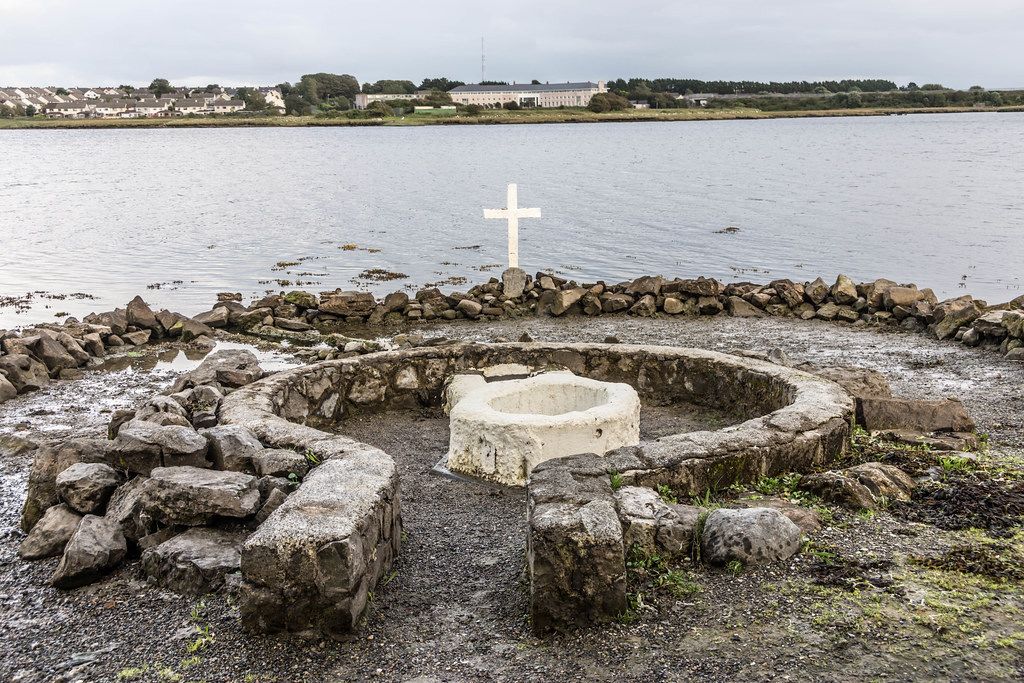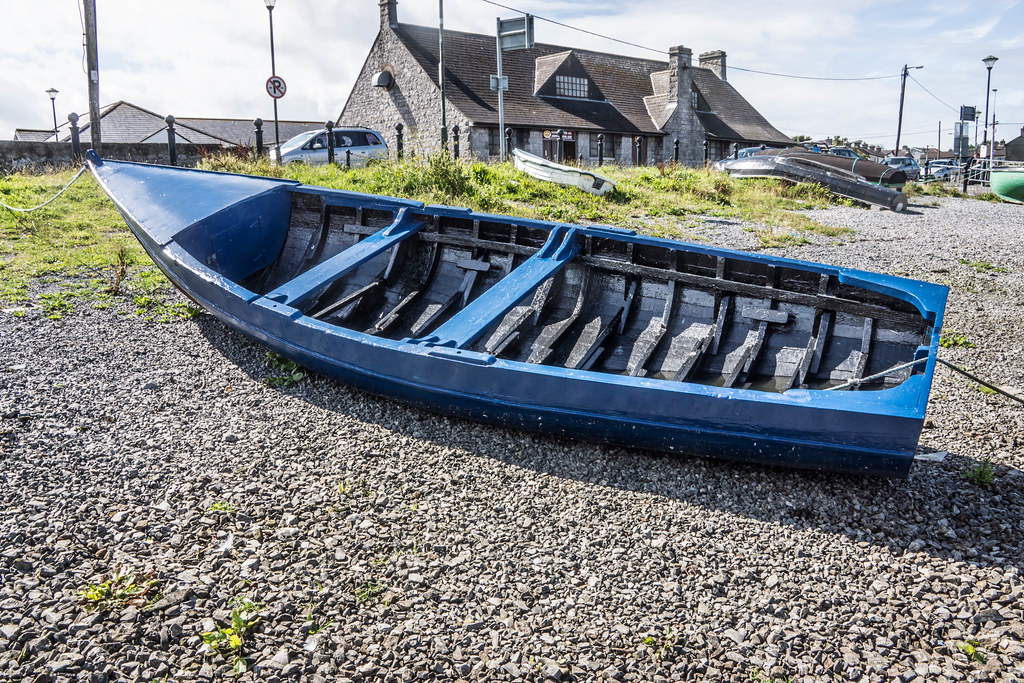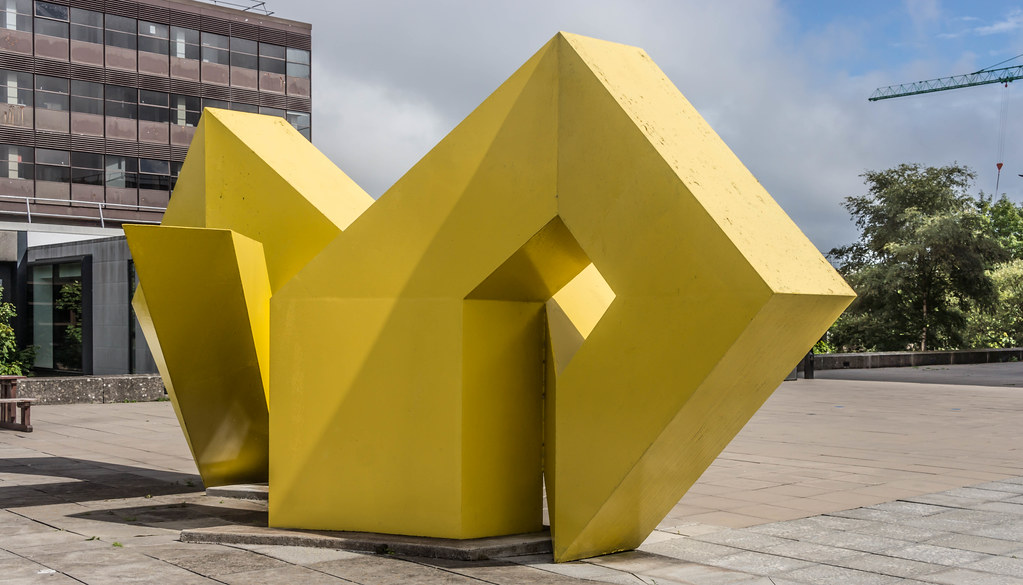GALWAY CITY PHOTOGRAPHED BY INFOMATIQUE
Galway is a city in the West of Ireland in the province of Connacht. Galway City Council is the local authority for the city. Galway lies on the River Corrib between Lough Corrib and Galway Bay and is surrounded by County Galway. It is the fourth most populous urban area in the Republic of Ireland and the sixth most populous city in the island of Ireland.
According to the 2011 Irish Census, Galway city has a population of 75,528; however, the rural county agglomeration is far bigger.
The city's name is from the river Gaillimh (River Corrib) that formed the western boundary of the earliest settlement, which was called Dún Bhun na Gaillimhe ("Fort at the mouth of the Gaillimh").The word Gaillimh means "stony" as in "stony river" (the mythical and alternative derivations are given in History of Galway). Historically, the name was Anglicised as Galliv, which is closer to the Irish pronunciation as is the city's name in Latin, Galvia.
In common with many ancient cities, Galway has its own origin myth. According to this mythic version, Galway is named after Gaillimh (Galvia), the daughter of a local chieftain, Breasail, who drowned in the River Corrib.
The city also bears the nickname "The City of the Tribes" because "fourteen tribes" of merchant familiesled the city in its Hiberno-Norman period. The term tribes was often a derogatory one in Cromwellian times. The merchants would have seen themselves as Irish gentry and loyal to the King. They later adopted the term as a badge of honour and pride in defiance of the town's Cromwellian occupier.
Residents of the city refer to themselves as 'Galwegians' and, to a lesser extent, 'Tribesmen'.
According to the 2011 Irish Census, Galway city has a population of 75,528; however, the rural county agglomeration is far bigger.
The city's name is from the river Gaillimh (River Corrib) that formed the western boundary of the earliest settlement, which was called Dún Bhun na Gaillimhe ("Fort at the mouth of the Gaillimh").The word Gaillimh means "stony" as in "stony river" (the mythical and alternative derivations are given in History of Galway). Historically, the name was Anglicised as Galliv, which is closer to the Irish pronunciation as is the city's name in Latin, Galvia.
In common with many ancient cities, Galway has its own origin myth. According to this mythic version, Galway is named after Gaillimh (Galvia), the daughter of a local chieftain, Breasail, who drowned in the River Corrib.
The city also bears the nickname "The City of the Tribes" because "fourteen tribes" of merchant familiesled the city in its Hiberno-Norman period. The term tribes was often a derogatory one in Cromwellian times. The merchants would have seen themselves as Irish gentry and loyal to the King. They later adopted the term as a badge of honour and pride in defiance of the town's Cromwellian occupier.
Residents of the city refer to themselves as 'Galwegians' and, to a lesser extent, 'Tribesmen'.
SORRY FOR THE DELAY
